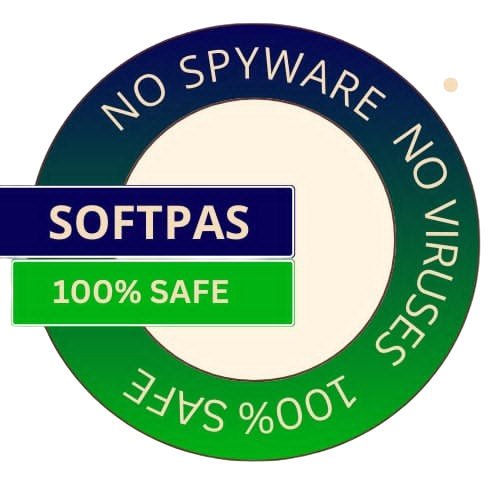
Get the best deals on your favorite games
httperf is a handy tool for checking how well web servers perform. It helps you generate different HTTP workloads and measure how the server holds up under pressure.
The cool thing about httperf is that it's not just about one specific benchmark. Instead, it gives you a powerful way to create both small and big tests to see how your server responds. Whether you need to push limits or get a general idea of performance, this tool has your back!
What sets httperf apart? Here are three standout features:
If you're looking to set up httperf, it's pretty straightforward! Just follow these steps:
$ mkdir build
$ cd build
$ SRCDIR/configure
$ make
$ make install(Replace SRCDIR with the directory where you have the httperf source.)
You might need to run the last command as root. If you want debug support, just add --enable-debug. By default, you'll find the httperf binary in /usr/local/bin/httperf.
This version has early SSL support! Just make sure OpenSSL is installed first. The configure script will look for OpenSSL files in standard spots like /usr/include.
If they're somewhere else, set environment variables like this before running configure:
CPPFLAGS="-I/usr/local/ssl/include"
LDFLAGS="-L/usr/local/ssl/lib"If you change anything in those settings, you might want to delete config.cache. This forces configure to check everything again after your changes.
Go to the Softpas website, press the 'Downloads' button, and pick the app you want to download and install—easy and fast!

SoftPas is your platform for the latest software and technology news, reviews, and guides. Stay up to date with cutting-edge trends in tech and software development.
Subscribe to newsletter
© Copyright 2024, SoftPas, All Rights Reserved.